
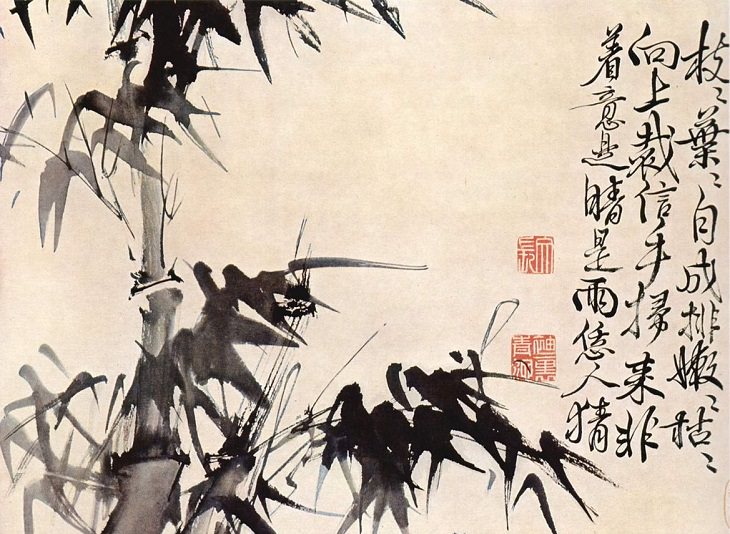

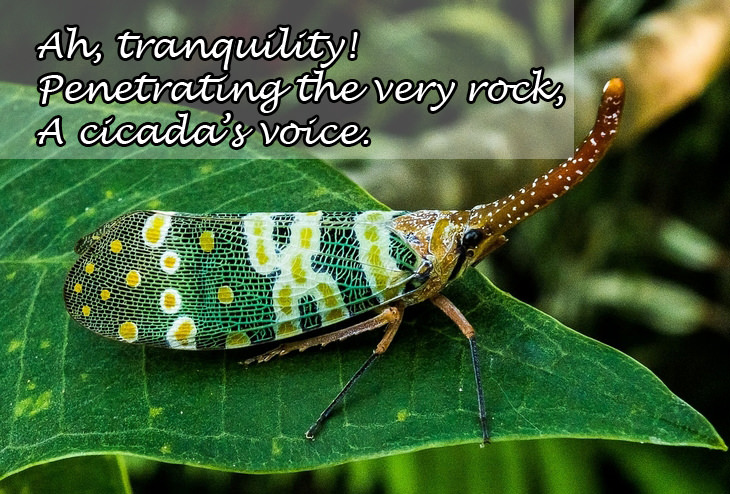
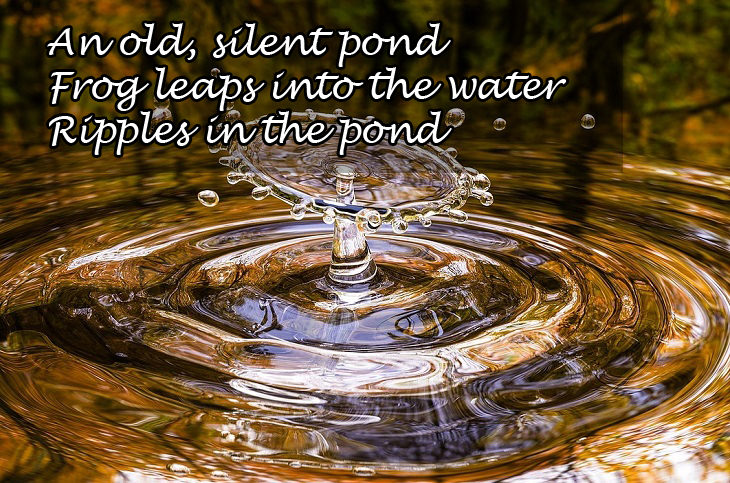
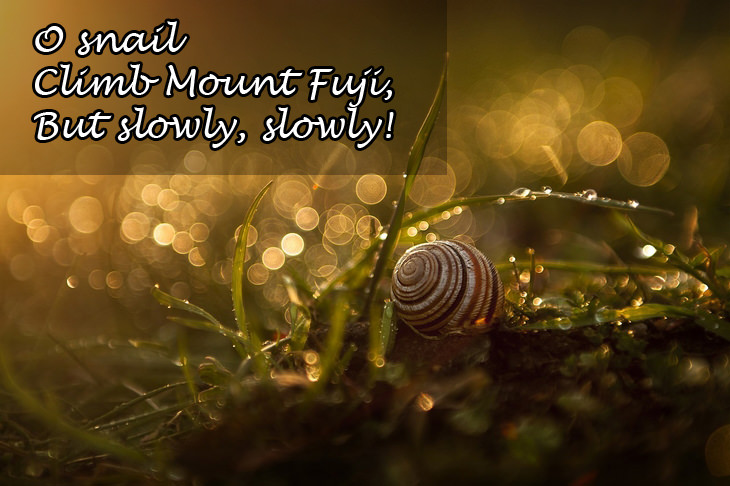
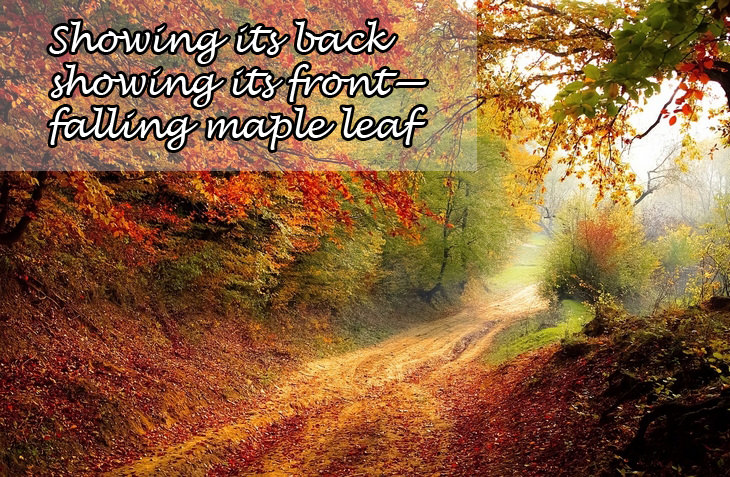
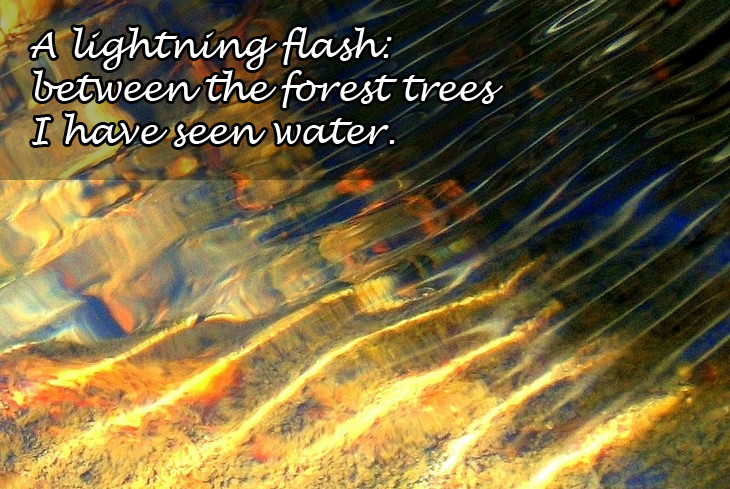
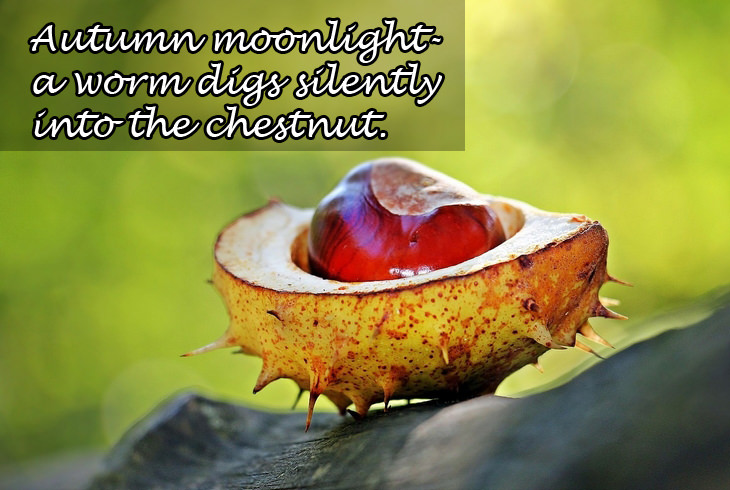
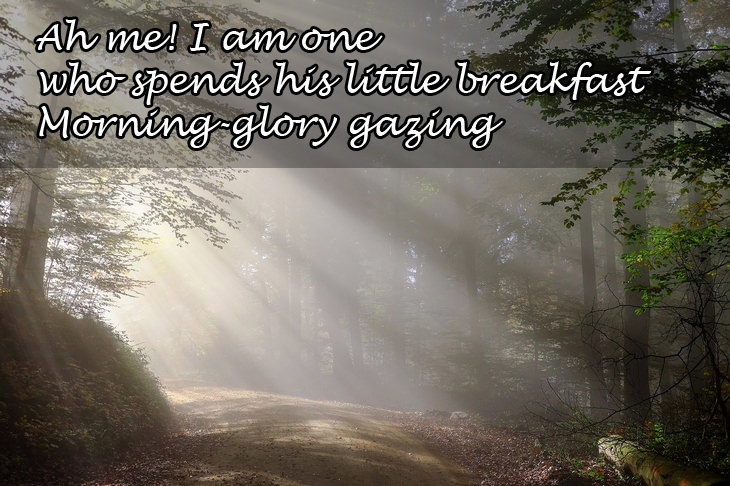



A Thanksgiving Poem to Set the Family in the Right Mood
Welcome the Thanksgiving holiday spirits with this graceful poem by Edgar Allen Guest.

It Took Him 10 MONTHS to Photograph ONE Tree
This photographer set out to shoot a lone oak tree over the course of 10 months. Watch how the tree and its surroundings change with the seasons.

This Poem Reminds Us of Everything to be Grateful For
Let us take this poem as a moment of gratitude for the memories we collected during spring and summer.

Travel To The Ancient Shiratani Unsuikyo Forest In Japan
Get your virtual nature getaway here with 10 magnificent photos of a forest in Japan that has tress over 1,000 years old!
 1:00:42
1:00:42
Take Yourself on an Hour's Travel to the Whimsical Alps
If you're not particularly fond of hiking but still enjoy a good mountain view, this video should be right up your alley.
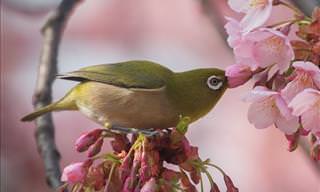
See How Japan's Nature Changes with the Seasons
These photos depict the purest forms of nature in Japan. And they are stunning!
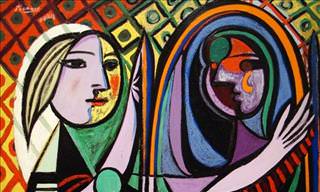
11 Picasso Paintings That Shocked the Art Establishment
If there is one artist of the 20th century that everyone knows, it's Picasso. Here are the 11 works of his that shocked the world and cemented his fame forever.
 7:55
7:55
This Magician Sure Fooled Me! How Did He Do It?
Does this magician have what it takes to fool Penn and Teller? Watch His Fascinating Trick Here.
 5:00
5:00
A Thrilling A Capella Performance!
An Amazing A Capella Version of Michael Jackson's Thriller!
 4:40
4:40
This Woman Changes Clothes Faster Than You Can Blink
An incredible magic show that will make you doubt your eyes! But keep them wide open because you're not gonna want to miss this!

These Paintings Transport You to a Pastoral Dream World
Denmark's most famous landscape painter is one of the art world's greatest secrets. Have a look at these wondrous examples of his work.
 5:18
5:18
Watch a Beautiful Visualization of Liszt's La Campanella
Listen to a masterful rendition of La Campanella, along with a brilliant visualization of each and every note this is being played.
 5:22
5:22
A Must See Act! Juggling As You've Never Seen It Before
Watch these jugglers put on an incredible show!

Cristian Marianciuc Challenges the Definition of Origami
These intricate paper cranes aren't like any other origami you've seen before.

10 Beautiful Poems by Some of the All-Time Greats
If you are a lover of poetry, then these are poems you should definitely read.
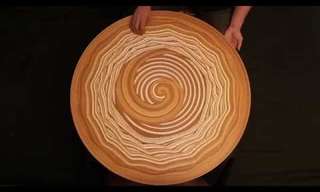 5:21
5:21
You Won't Believe What This Guy Does with a Potter's Wheel
Mikhail Sadovnikov transforms his potter's wheel into a canvas of incredible hypnotic designs in real-time.

12 Unique Artists and Their Gorgeous Creations
we'd like to show you 12 of our favorite creative artists.

Feeling Nostalgic? These Billy Joel Hits are Just for You
A playlist of 16 of Billy Joel's biggest hits

These Stunning Tree Carvings Are a Sight to Behold
Wood carvers and sculptors are truly gifted individuals, and this is evidenced by their amazing work at these 9 places. View their beauty for yourself.
 6:28
6:28
Astounding Dancers: Martin and Marielle!
One of the best dance acts we've seen on Britain's Got Talent, watch how Martin throws Marielle around like a rag doll in this incredible routine!
 7:37
7:37
You Have Never Heard Drums Played This Beautifully Before
Listen to these drums play in this incredible performance.

This Teenage Artist Has an Incredible Unexpected Talent
Teenage self-taught hairstylist Milena makes real art out of hair.
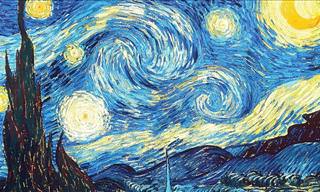
8 Famous Artists That Were Rejected During Their Lives
In this article you will find eight great artists who simply weren’t appreciated for the work that they created during their time.

Famous Female Artists Every Art Lover Must Know
To honor this special time of the year, we thought to highlight 10 outstanding female painters from different eras in history.
 2:43
2:43
This Girl Only Needs a Simple Flute to Delight Your Ears
Listen to the dulcet tones of this young girl's flute.
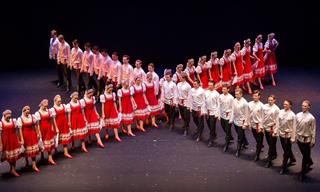 7:18
7:18
A Traditional Folk Dance that Uses a Special Move...
The Russian folk dance in this video, as you're about to see, cannot be performed by just anyone...
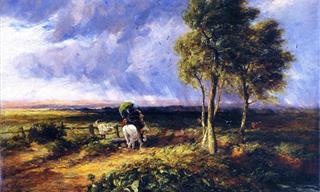
David Cox - One of the Greatest English Landscape Painters
Enjoy the artworks of David Cox, one of the greatest English landscape painters.

MUSIC BOX: 10 Greatest Waltzes Ever Composed
We’ve gathered our top 10 picks and brought them to you, along with the stories behind them, so you can both enjoy and learn.
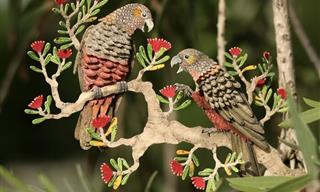
17 of the Most Gorgeous Paper Birds I've Ever Seen
17 beautiful example of paper birds at its finest
 1:54:07
1:54:07
Watch the André Rieu Full Dublin Concert!
Enjoy 2 hours with one of the best classical musician hosts and conductors: André Rieu in Dublin.

10 Must Watch Documentaries from the Last Decade
Whether you’re a seasoned doc fan or a casual viewer, these films represent the high-water mark of modern nonfiction cinema.
 3:47
3:47
This Irish Jig is Just Too Much Fun to Watch!
Enjoy this Irish dance craze that will bring a smile to your face!

Welcome to Skyville, a Charming and Beautiful Mini Village
Check out this remarkably detailed miniature village model created by the Bulgarian artist Ognyan Stefanov.
 3:39
3:39
Over 200 Years Later, Beethoven Still Inspires Us...
Moonlight was inspired by the great composer Ludwig Van Beethoven's masterpiece - "Moonlight Sonata".
 6:42
6:42
These Dancers & Acrobats Put On an Incredible Show
These two dancers slash acrobats are beyond amazing...

15 Majestic Works of Art Made By Supremely Gifted People
The world is filled with incredibly creative people. Here, we have presented the artistic creations of a few such talents.

12 Jewelry and Decor Pieces With Lush Landscapes Within
We’re about to show you some extraordinary artisan creations - little dainty things that hold an entire vibrant fantasy world inside.
 2:55
2:55
James Earl Jones: The Booming Voice We All Loved
A tribute to the booming voice of James Earl Jones, now departed.
 5:25
5:25
One of the Most Beautiful Sounds You Have Ever Heard
This performance of exquisite musical beauty blew away a cynical audience. First the musician pulls out an odd instrument, then he starts to play ...
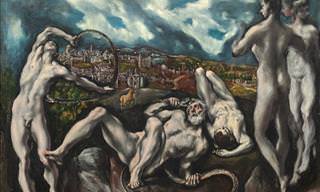
Feast Your Eyes on Ten Great Paintings by El Greco
El Greco was a great painter of religious subjects, portraiture, and landscapes. Here are 10 of his best paintings.
 5:15
5:15
Andre Rieu Stirs Our Emotions With his Tribute to Sinatra!
Join Andre Rieu and his orchestra in their tribute to the unforgettable Frank Sinatra, as they perform "My Way".

Feast Your Eyes on 10 Masterpieces by Norman Rockwell
Norman Rockwell was a famous 20th century American painter. Here are 10 of his best paintings.
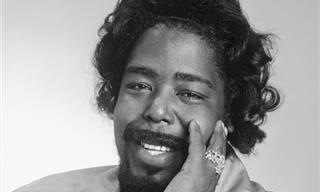
Music Box: Listen to 16 Classic Disco Songs
In this music compilation you will find 16 of the best disco songs ever produced. These songs are all guaranteed to get you up on your feet and dancing.
 5:55
5:55
What Is Better Than a Magical Performance? Find Out Here!
Immerse yourself in this spectacular show, we guarantee you will be amazed!

18 Breathtaking Stained Glass Windows in the World
One look at these stunning stained glass windows, and you’ll be swept away into a fantasy of color and light.
 1:42
1:42
Listen to ‘The Sound Of Silence' Like Never Before
Listen to this magical guitar performance of the famous song ‘The Sound Of Silence' filmed in the middle of a blizzard.
To enable your Ad-Free Subscription, please fill the fields below
Your subscription was successful, now you can enjoy an ad-free experience!! Note: To make sure you get no ads, please make sure to log in to your account. If you are logged in already, then refresh the page. The subscription can be cancelled at any time.


